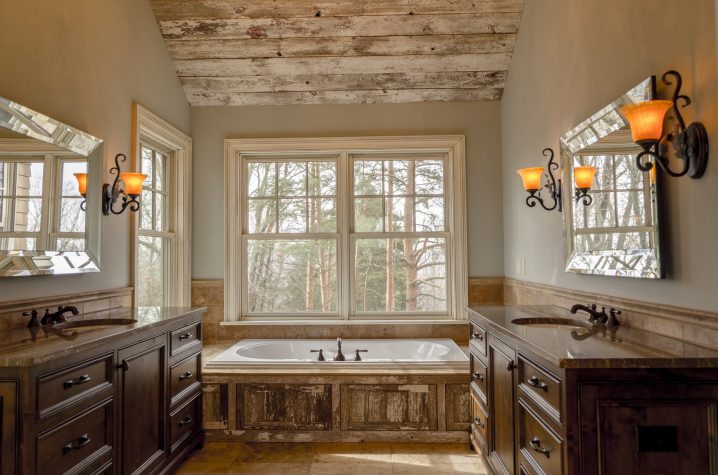Water damage is a nightmare for all homeowners. Whether caused by a faucet in your bathroom, or a burst pipe, water can cause notable damages to your home. You should know the necessary steps to take in case of water damage in your home. Although you can undertake the water damage restoration process by yourself, it’s advisable to engage experts.

What happens during water damage restoration?
Water damage restoration is the process of removing the water from the affected areas in your home. It’s is an intricate procedure that involves various techniques and equipment. Water damage can cause a lot of damage to your home interiors.
It can affect your walls, floors, drapery, shelves, clothing, and heating systems. The steps involved in water damage restoration include flood water removal, moisture mapping. Mold inspection and removal and water drying are also necessary.
What are the main steps of the restoration process?
The process involves various procedures depending on the extent of the damage. The common ones are;
1. Inspection
In case of water damage in your home, the first step would be to contact a professional. They will examine your home to determine the class or category of the damage. Why is this important? It ensures that the methods and techniques employed are suitable to resolve the issue.
There are different classes and categories of water damage, these are;
Class 1– This involves damage to part of a room that has absorbed moisture, and it’s associated with minimal damage.
Class 2– Happens when the damage affects the entire room and absorbs into the walls and carpeting.
Class 3– This type of damage happens when water absorbs into the walls and saturates to most parts of the home. In some cases, it comes through the ceiling and is the worst form of water damage.
Class 4– The damage involves hardwood, stone, or concrete and requires special equipment and skills to dry the affected areas.
The three categories are:
Category 1– This involves water damages from clean water sources. These are, for example, toilet tanks or broken pipes.
Category 2– In most cases, the water contains detergents from your washing machine or dishwasher. It may also be toilet overflows containing urine.
Category 3– The water originates from river flooding, sewage, or stagnant water that grows bacteria and other disease-causing organisms. It can cause illnesses and even death.
3. Flood water removal
Dealing with the source of the water is a critical step of any water restoration damage. It requires the use of high-tech equipment and should be done by experts. Things like submergible water pumps and vacuums come in handy during the water removal process.
These pumps can efficiently extract water and dry out the entire area within no time, and this stops the damage. Besides, if the water is left unattended, it can cause the growth of mold and bacteria.
4. Moisture mapping
Moisture mapping is yet another critical step in water damage restoration. It involves the use of detection equipment to obtain approximate moisture values. It uses different techniques, and infrared is a perfect example. It’s used to get accurate readings to help determine the extent of the damage. It also helps in determining the most suitable steps to prevent mold growth.
5. Mold Inspection& Removal
Residual water leads to mold damage if left unattended. The water damage experts use special detergents to clean and sterilize the affected area to prevent mold growth. Some restoration firms also use deodorization and ventilation to alleviate any odors and airborne contaminants.
6. Drying
Drying clears any removing moisture after the water removal process and can take time to fully complete. The conventional water drying procedures are;
Air movers-They help control humidity and improve air circulation.
Dehumidifiers-Dehumidifiers remove moisture from the air and any water lingering in the area to keep the area dry.
7. Cleaning& Restoration
Clean all personal belongings to discourage mold growth. Also, replace some of the materials in our home like drywall insulation. It may involve fixing a few drywall panels, but in severe cases, you’ll have to replace the entire wall. Use the right protective gear for the task, risk exposure to harmful elements like lead or asbestos, particularly in older homes.
A quick wrap up
Water damage can happen in any home. It can damage your personal property, furniture, and many other valuable items in your home. If this happens to you, seek help promptly to avert further damage. There are different water restoration firms to contact. But ascertain their expertise in doing water damage restoration. You don’t want to incur additional losses by hiring unskilled persons.



